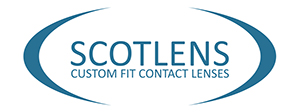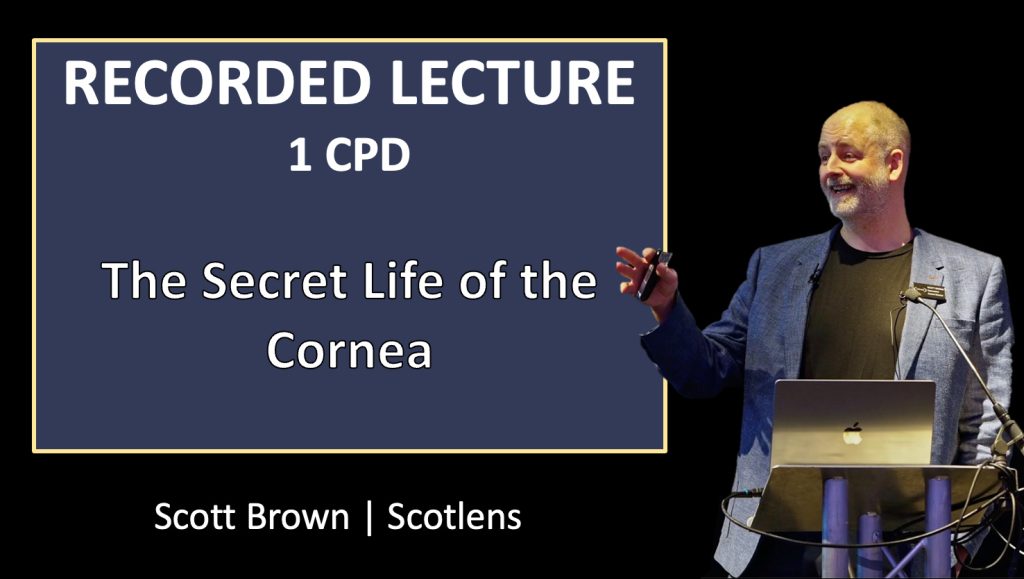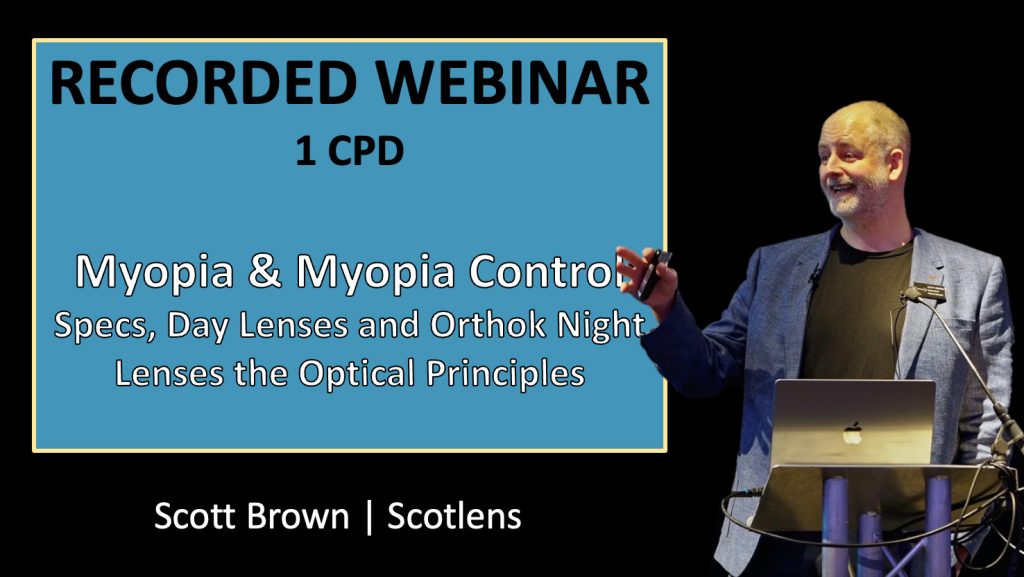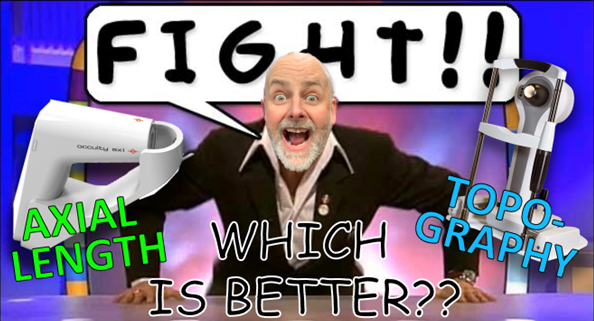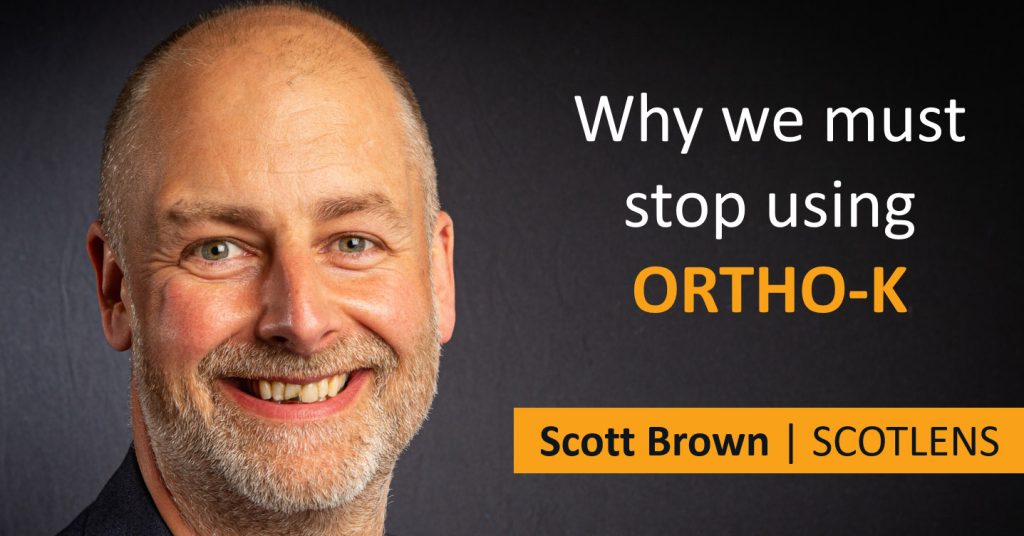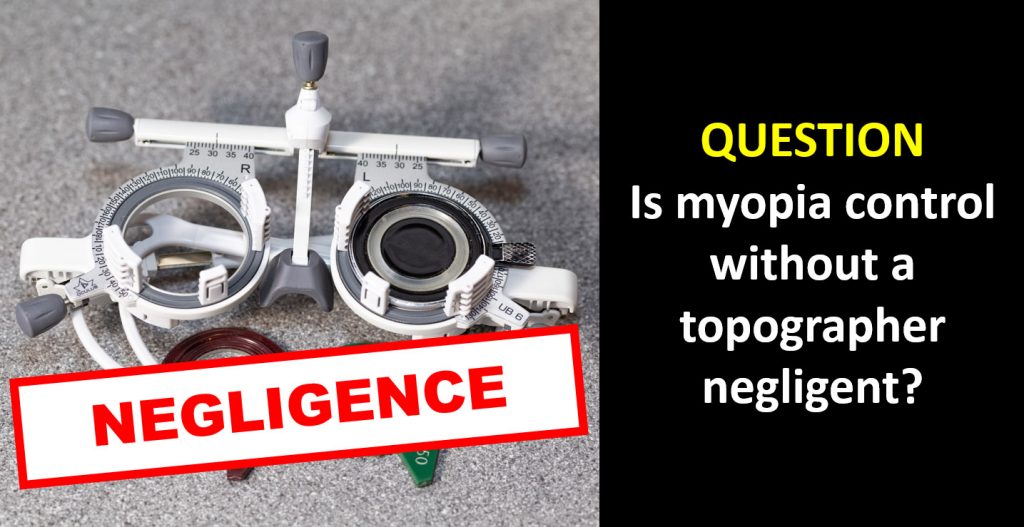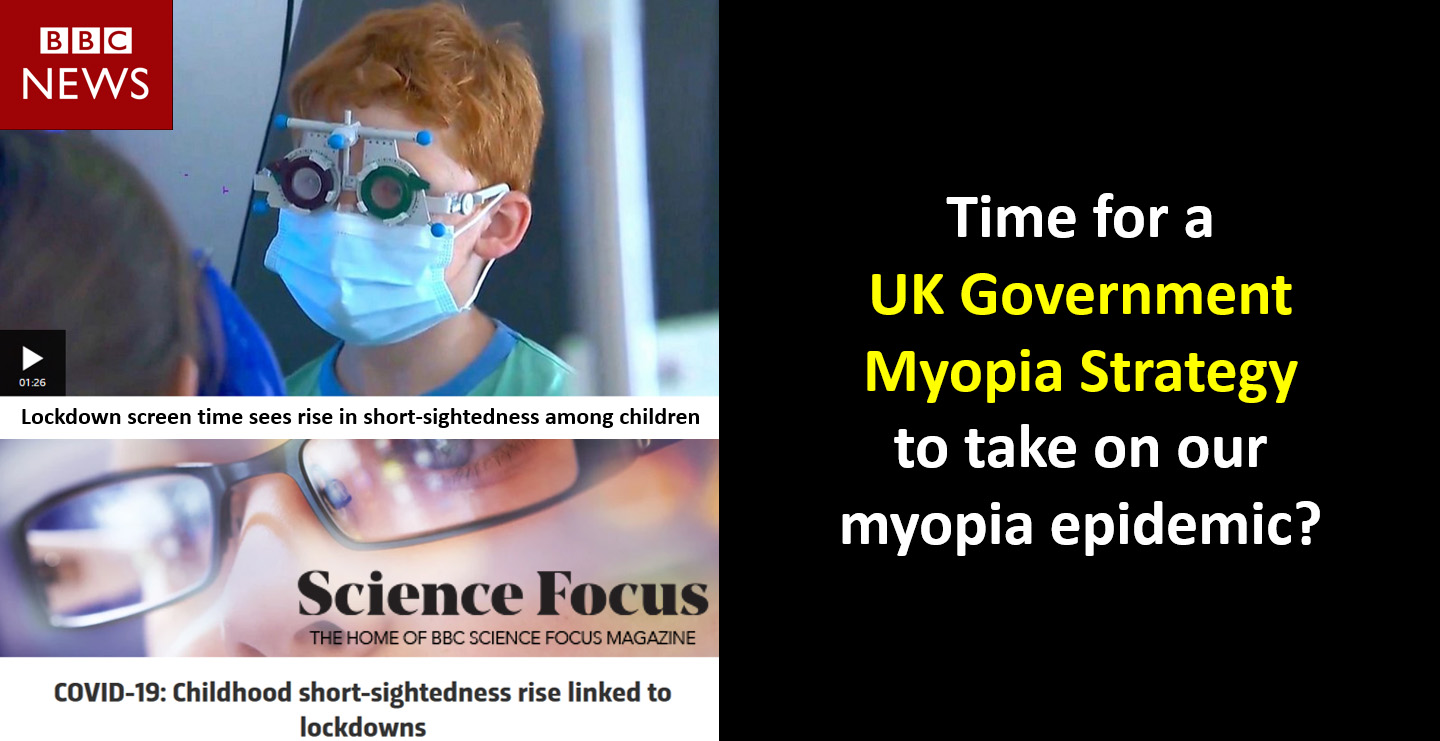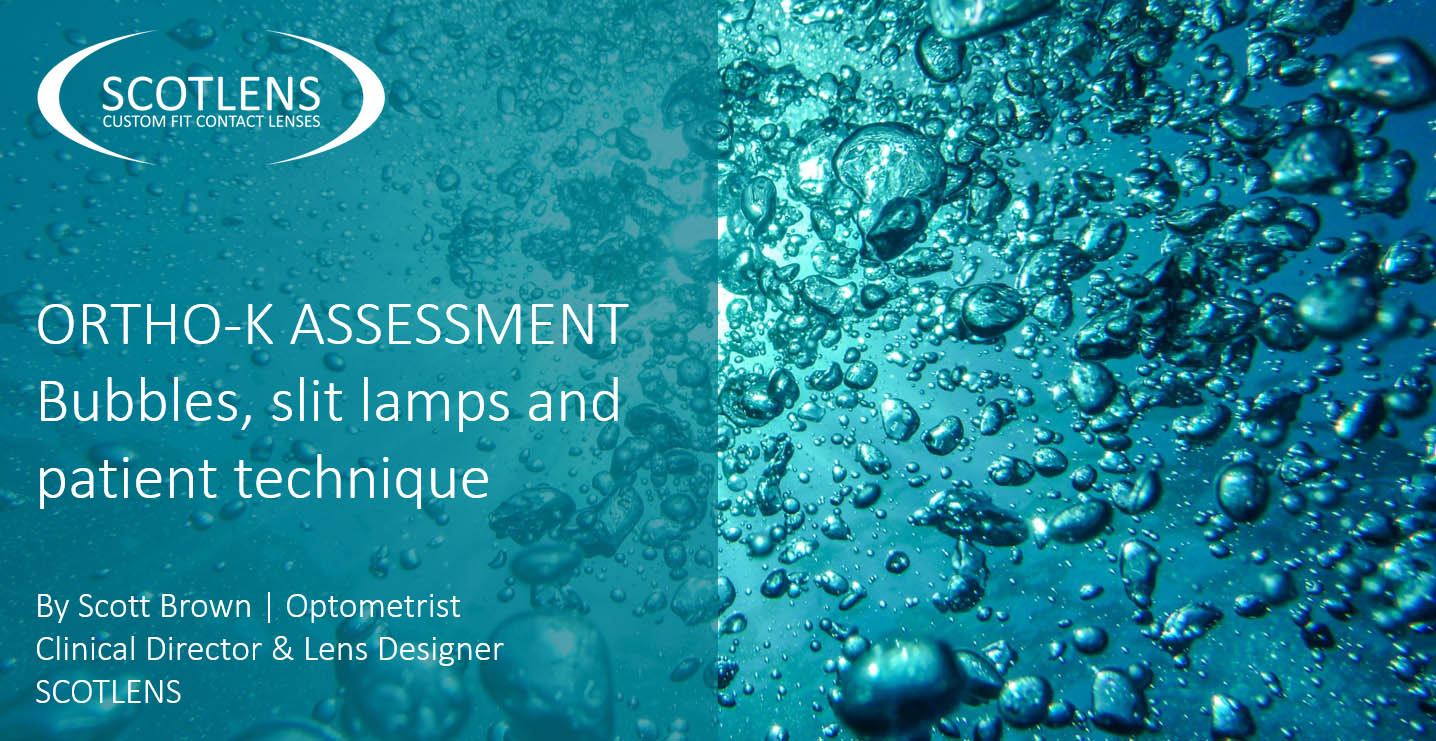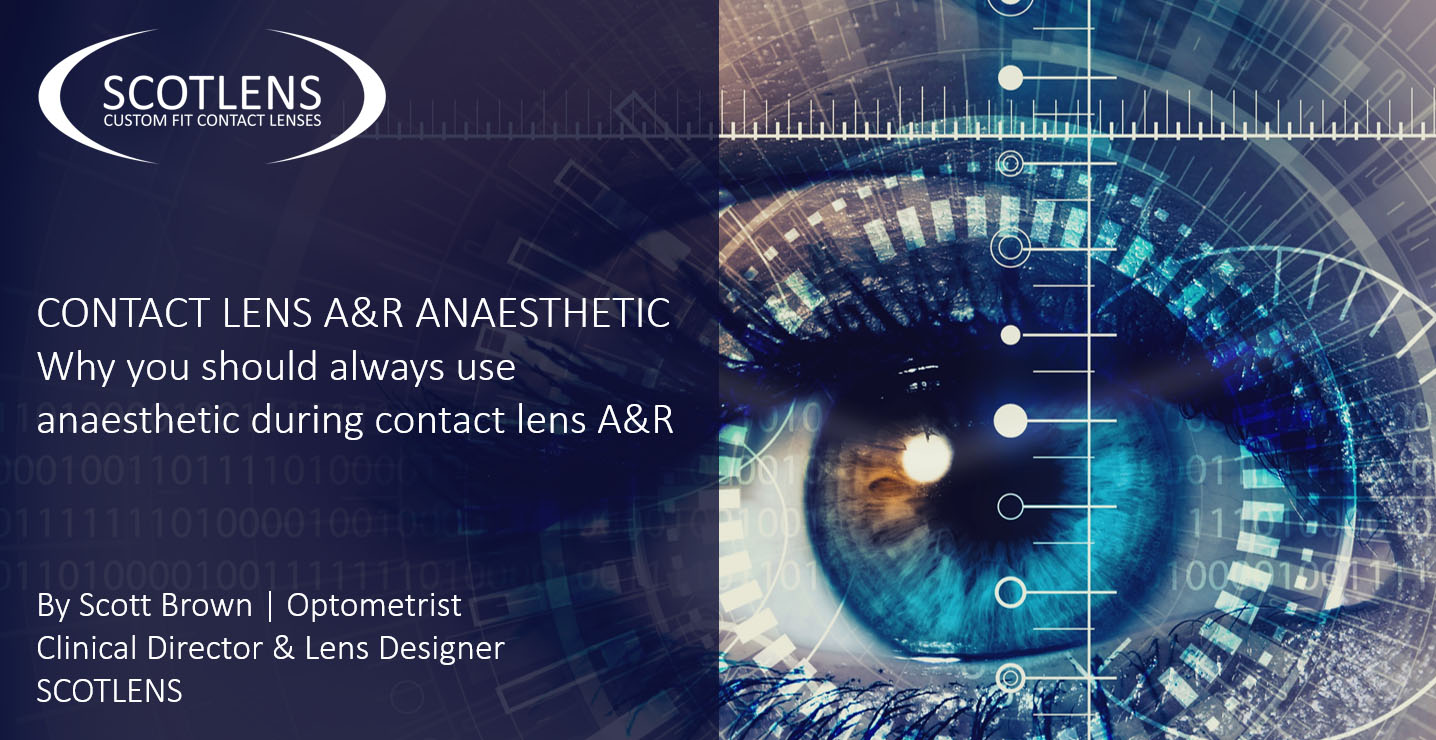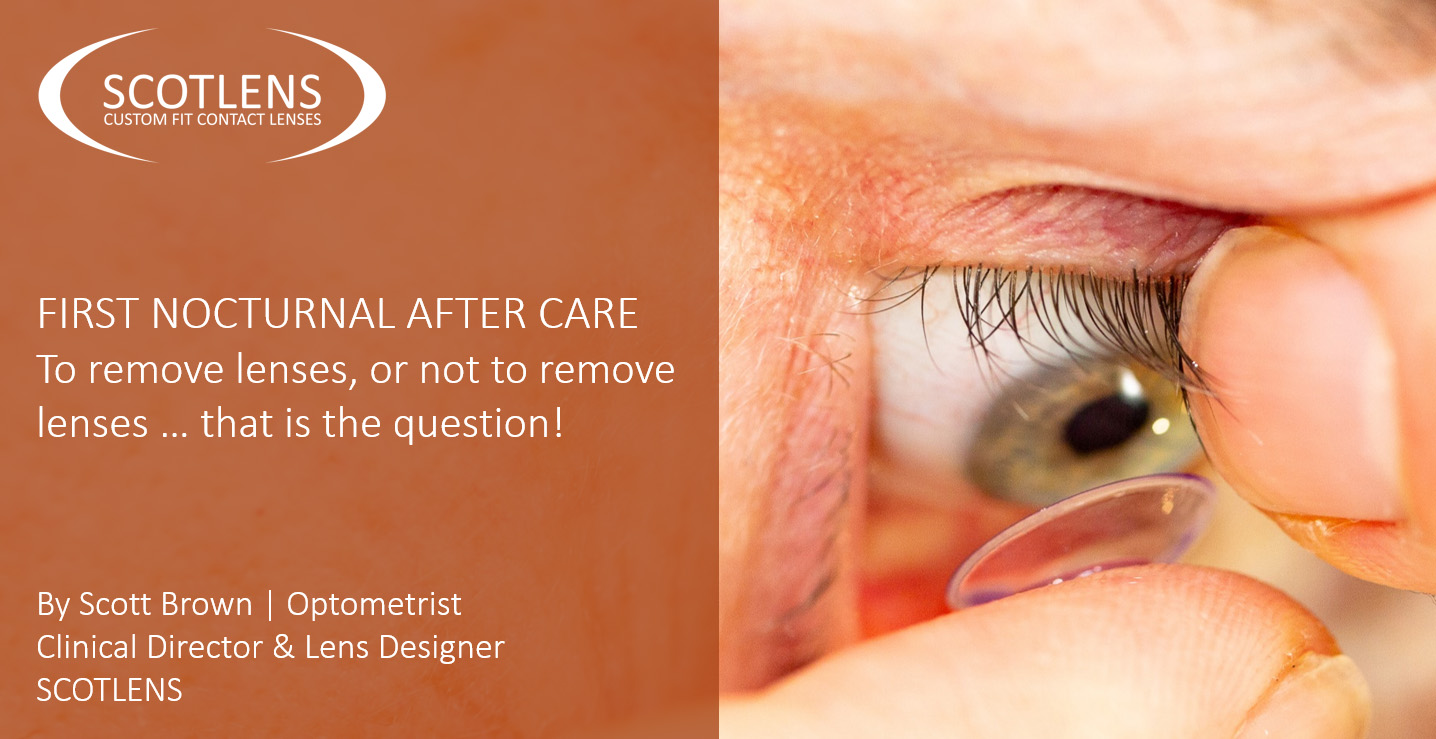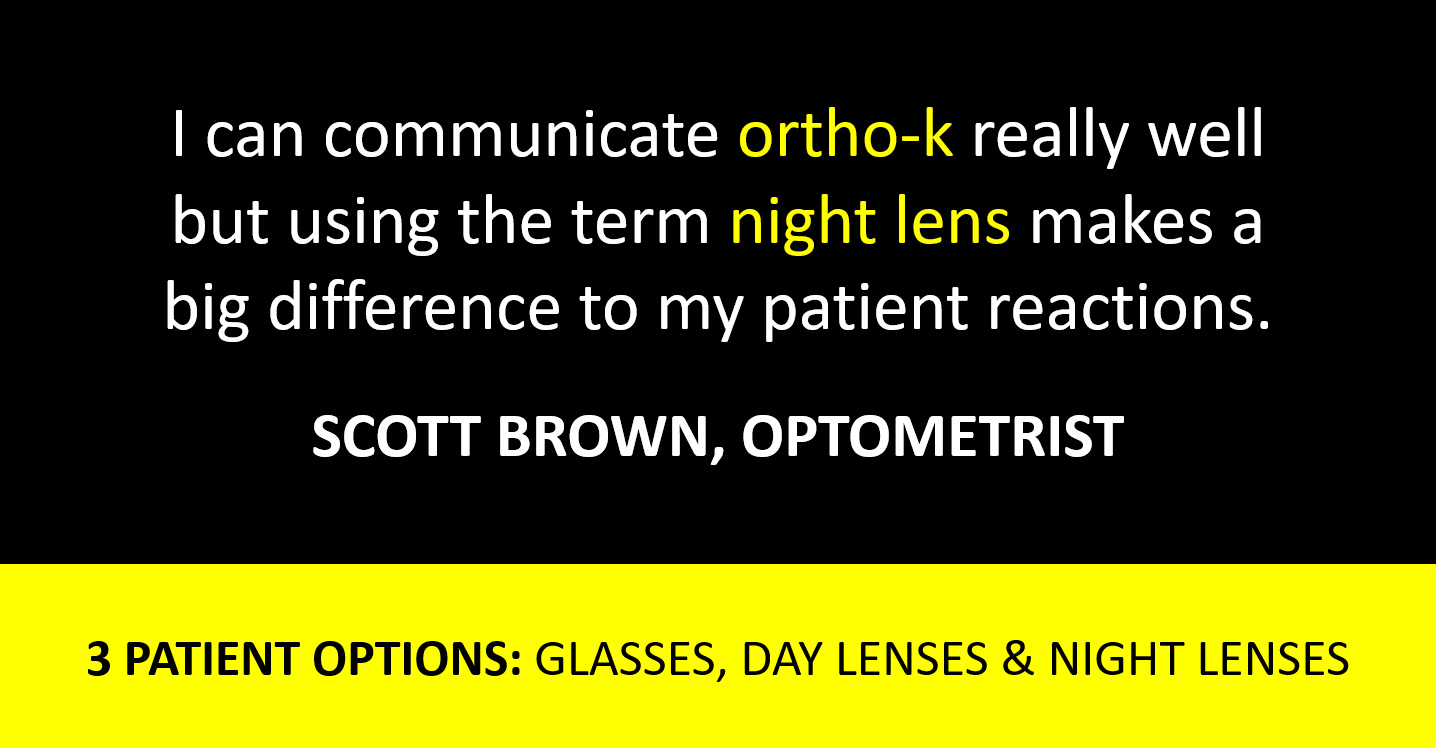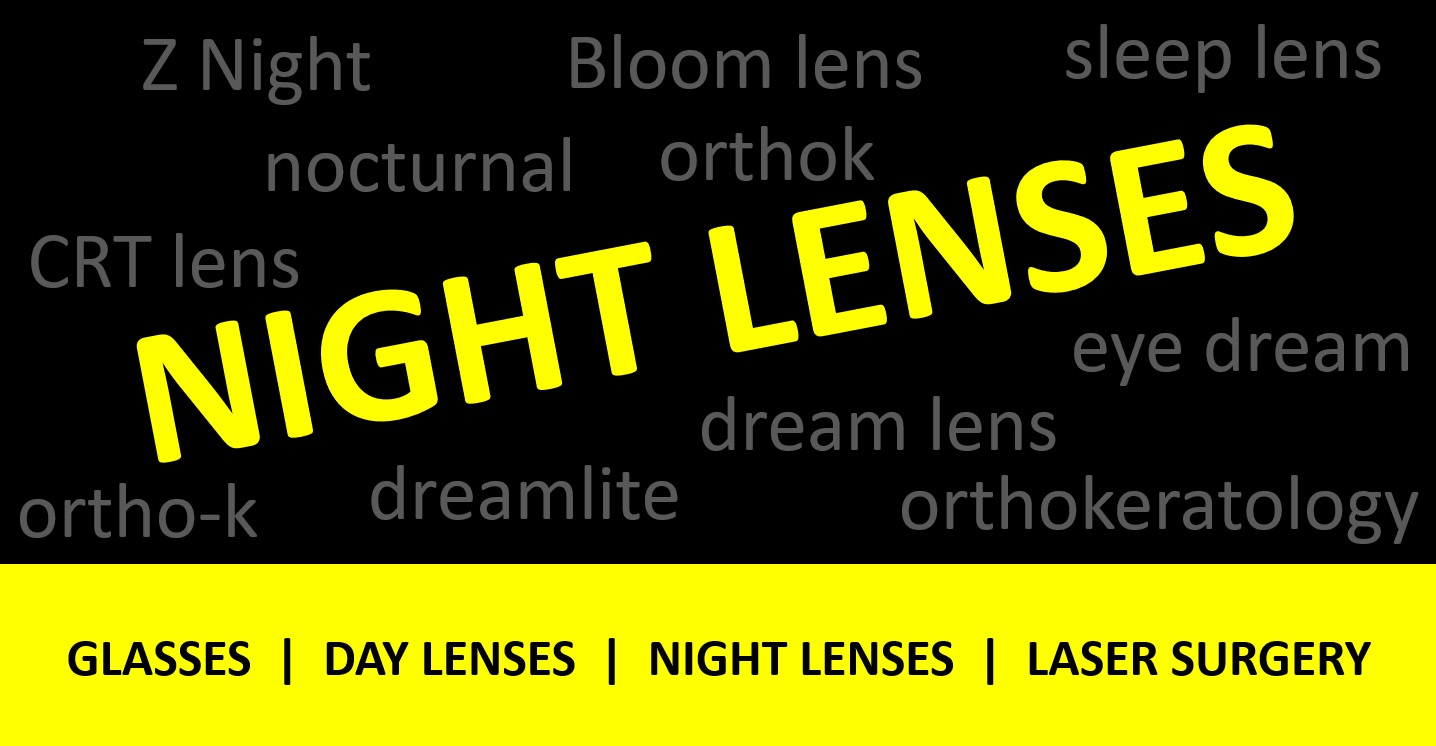Articles & Webinars
1.0 CPD (OO,CLO,DO) | Webinar | Living in a Myopic World
Scott Brown, Optometrist | Scotlens Clinical Director & Lens Designer
This recorded webinar updated for 2025 contains peer reviewed data and describes myopia and in practice application, including the increasing prevalence and possible contributing factors. It reviews lifestyle, spectacle and contact lens forms of correction and their relative myopia control effects. provides an up to date and unbiased review of myopia and myopia control for eye care professionals.
0.5 CPD | Recorded Lecture | Introduction to topography for night lens (ortho-k) patients
Scott Brown, Optometrist | Scotlens Clinical Director & Lens Designer
This recorded lecture covers some interesting cases including high myopia, to highlight the importance of good quality baseline topography. Case examples include changes with over 14 years of wear, and young myopes that stabilise with night lens fitting. This video is designed to compliment the Nocturnal Accreditation offered by Scotlens.
1 CPD | Recorded Lecture | The Secret Life of the Cornea
Scott Brown, Optometrist | Scotlens Clinical Director & Lens Designer
This lecture covered current methods available for measuring the cornea in practice and what to expect regarding corneal measurements during the lifetime of a patient. It described how delegates are currently approaching corneal measurement and whether there are any missed opportunities when assessing children particularly, and the impact of this in later life. Case studies using data from real patients were shown.
1 CPD | Recorded Lecture | Myopia & Myopia Control, Specs, Day Lenses & Orthok night lenses the optical principles
Scott Brown, Optometrist | Scotlens Clinical Director & Lens Designer
Myopia control is one of the most exciting topics within optometry. With myopia management becoming such a topic of interest, this lecture concentrates on the eye and the optical principles that are contributing to increased myopia. We look at the visual environment and its effect on the eye. The benefits of time out of doors. And looking at the optical principle of peripheral defocus. We look at available devices, what has been used in research and the differences between the optics of night lenses (ortho-k), multifocal day contact lenses and spectacle lens options. This talk will hopefully enthuse you to learn more and start to offer myopia management in your practice.
Topography or Axial Length, which is better? Only one way to find out – FIGHT!!!
Scott Brown, Optometrist | Scotlens Clinical Director & Lens Designer
Topography or Axial Length, which is better? Only one way to find out – FIGHT!!! One of the most asked questions I get in my professional services role is what to consider when introducing topography, axial length or both into practice to use for myopia management. Here are some things to consider to help you make these decisions. Firstly, if you don’t have access to topography or axial length measurements and are not …
Why we must stop using ‘Ortho-K’ with patients
Scott Brown, Optometrist | Scotlens Clinical Director & Lens Designer
Orthokeratology, or the various abbreviations or brand names of it, are a fundamental barrier to patient understanding of what it is. “Ortho-k” is even becoming a too generic and inappropriate word for us to use in the industry. I believe it is time to drop “Ortho-k” as our common term, as it confuses patients and is actively holding back what many patients feel to be a truly life changing correction. The term “Night lenses” does the opposite to “Ortho-K”. It helps communication, grows awareness and …
Is Topography Essential for Myopia Control?
Scott Brown, Optometrist | Scotlens Clinical Director & Lens Designer
The landscape in optometry is changing and it is time for optometrists to really step up and make a difference to the public’s eye sight. Let’s first talk about glaucoma (POAG). When I first started practicing optometry around 20 years ago there were a small number of elderly patients that suffered functional sight loss due to late diagnosis of glaucoma. In the previous decades IOPs were the main trigger to detect glaucoma and this naturally missed all the …
Time for a UK Government Myopia Strategy to take on our myopia epidemic?
After the Wang report in January 2021 about the rise in Myopia in UK children as a direct result of increased sceen time due to Covid lockdown, we saw many headlines in the UK, but relatively little Government reaction to what was a startling warning. Granted that the DHSC and the Ministers have been (rightly) focused on the Covid crisis. However, the question about whether it is time for a UK Government Myopia Strategy to take on the UK myopia epidemic (as part of the global Myopia pandemic of 50% of the world by 2050) is now centre stage…
Ortho-K assessment: bubbles, slit lamps and patient technique
By Scott Brown, Optometrist | Scotlens Clinical Director & Lens Designer
How much should we depend on slit lamp assessment of ortho-k lenses? The accuracy of Scotlens topography fitting means we don’t depend on the open eye fluorescein (NaF) assessment for lens design. A lens on eye assessment is worthwhile during the application and removal appointment to see if lenses are being applied without trapping a bubble. The information we can get is very limited, so I don’t subject patients to a long slit lamp assessment…
Why you should always use anaesthetic during contact lens A&R
By Scott Brown, Optometrist | Scotlens Clinical Director & Lens Designer
“FIRST AFTER CARE: To remove lenses, or not to remove lenses … that is the question!”
By Scott Brown, Optometrist | Scotlens Clinical Director & Lens Designer
I am often asked this question and have noticed more and more Optometrists asking patients to come to their first appointment with their lenses in. My advice is to attend the first appointment with their lenses out. Patients are best to remove their lenses when they wake for all after cares. When the eye is open, lenses always sit in a different position to behind the closed lid. If they are awake for an hour or two before you see them…
Using ‘Ortho-k’ or ‘Night lenses’ terms with patients
By Scott Brown, Optometrist | Scotlens Clinical Director & Lens Designer
I have been asked this question a lot recently, so I thought I’d put my answer down in a blog post to share with others – whether to continue using the medical terms ‘Orthokeratology’ and ‘Ortho-K lenses’ (which, to be honest, has been one of the major factors that has lead to these incredible lenses not growing as they should have done by now) … or whether to use the colloquial term ‘Night lenses’
How to grow the Ortho-K market? Call them ‘Night Lenses’
By Tom Griffiths, Managing Director, Scotlens
Nobody discusses their successful Photorefractive Keratectomy with friends… they talk about ‘Laser eye surgery’
… written down it read as ‘Or’ ‘Thok’ which sounded odd. Only those in the know pronounce Orthok as ‘Ortho’ ‘K’… it was short for a big medical term – Orthokeratology – which is hard to say, remember and then tell others about
… [time to] deliver the life-changing night lens sizzle that they want, not the medically unappealing Ortho-K sausage we are currently serving up.
